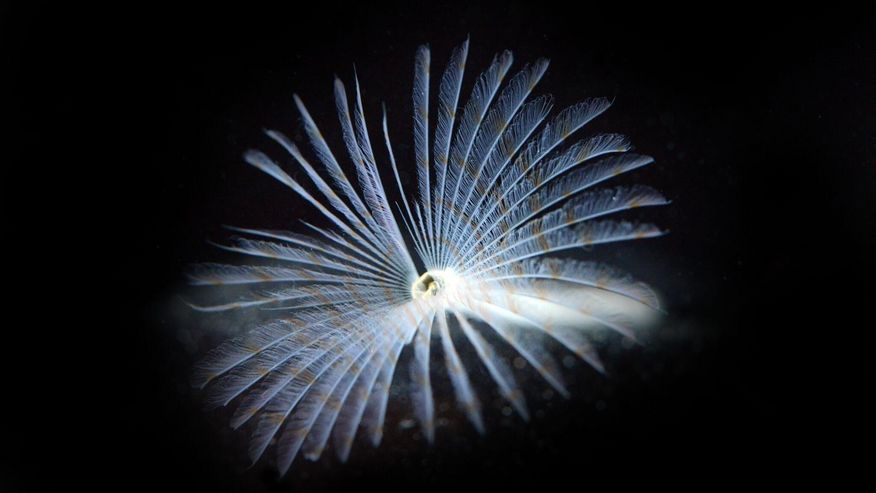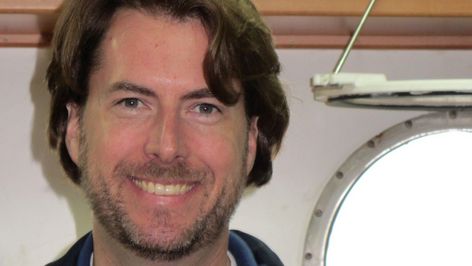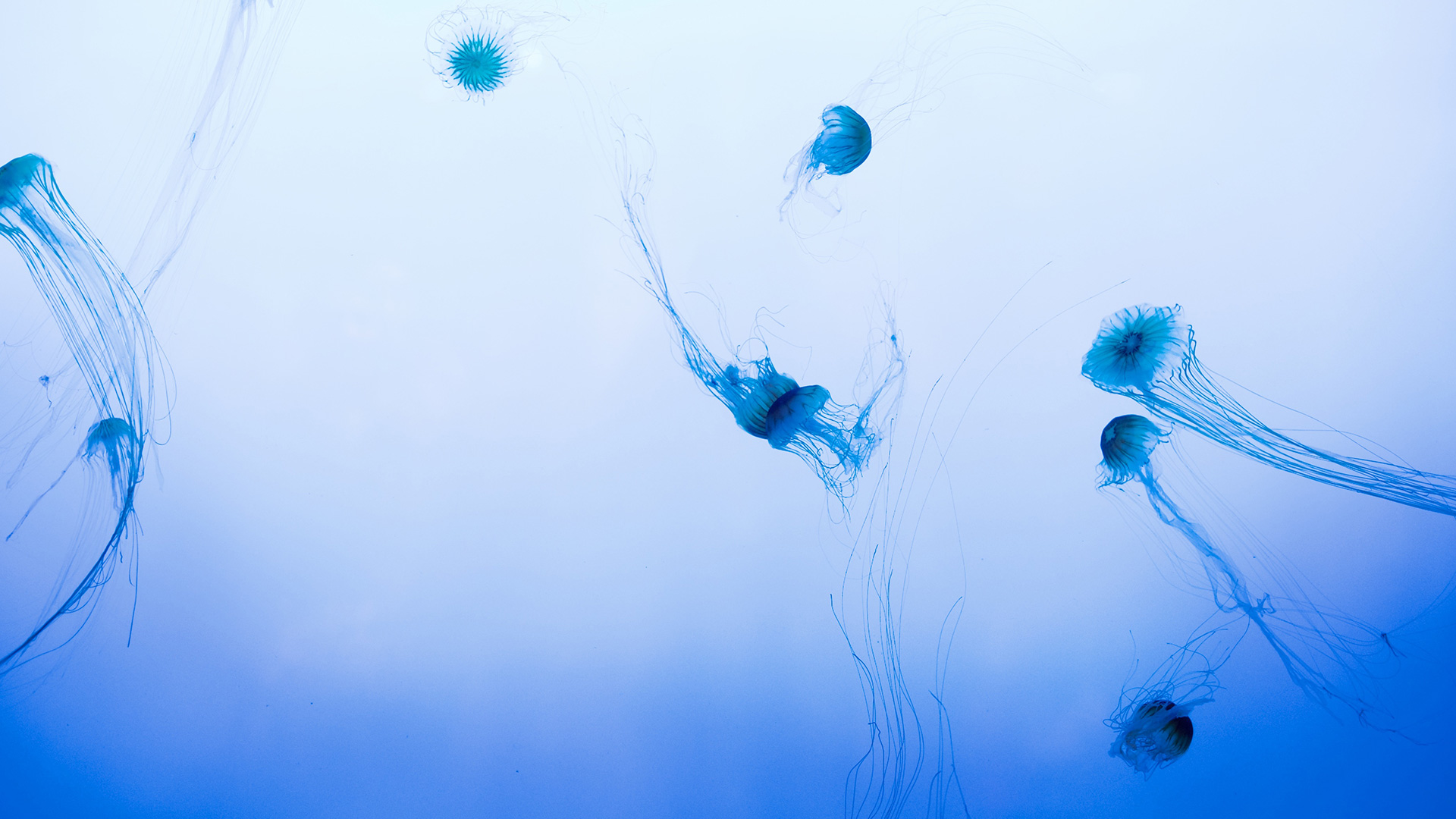Conquering the deep
Marine biologists often feel as if they only have a pocket torch with which to explore an entire continent. The problem is that high-resolution photos can only be taken from a short distance underwater. Visible light, particularly in the red spectrum is quickly absorbed in the deep ocean. In addition, distortion is caused by the movement of the water. As Dr. Ruhl explains: "Picture clarity is considerably reduced even at a distance of a few metres."

Ruhl is working on a way that means he will at last be able to systematically study the inhabitants of the deep sea. His plan is for autonomous underwater vehicles (AUVs) to navigate the sea floor continuously taking photos. Ruhl was able to demonstrate the feasibility of this method when he led a British team on an expedition on board the research vessel RRS Discovery to the Porcupine Abyssal Plain in the North-East Atlantic. The NOC has been operating an observatory there, 500 kilometres west of Cornwall, since 1989. It monitors the entire water column from the surface right down to the sea floor almost 5000 metres below. For years, researchers mainly used trawling nets to find out what animal life resided on the sea floor.

What impact does climate change have on life in the deep ocean? Dr. Henry Ruhl is a marine biologist at the British National Oceanography Centre (NOC) in Southampton who is dedicated to answering this question. He heads a project to survey the deep ocean using autonomous underwater photography and helps to coordinate the work of European underwater observatories
But now, AUVs such as the NOC's torpedo-shaped Autosub6000 are able to observe deep-sea fauna in their habitat without disturbing them, and to do this over wide areas. The Autosub6000 covered a total distance of 160 km in the course of five missions in the Atlantic, recording images of a 2-metre wide strip of the sea floor as it did so.
This provided over one hundred thousand photos to the researchers. Apart from the muddy sea floor, there are images of prickly sea cucumbers, gentle starfish, scavenging grenadier fish, and winged squid, among other sea life. "In order to evaluate the pictures we are working together with experts on machine learning at the University of Bielefeld," says Dr. Ruhl. Using automatic imagery analysis, he and his colleagues discovered that there are 10 to 50 times as many animal inhabitants of the sea floor than estimates arising from research using bottom trawls had predicted.
In addition, they discovered that the summit of a mound which was only 80 metres higher than the surrounding plain was much more densely populated than expected. The team thinks that the irregular topography at this location increases the velocity of currents and thus the supply of nutrients. Similar surveys could be carried out in future to document the original state of a particular area of the ocean floor before mining of mineral resources is undertaken there.
Further information:


